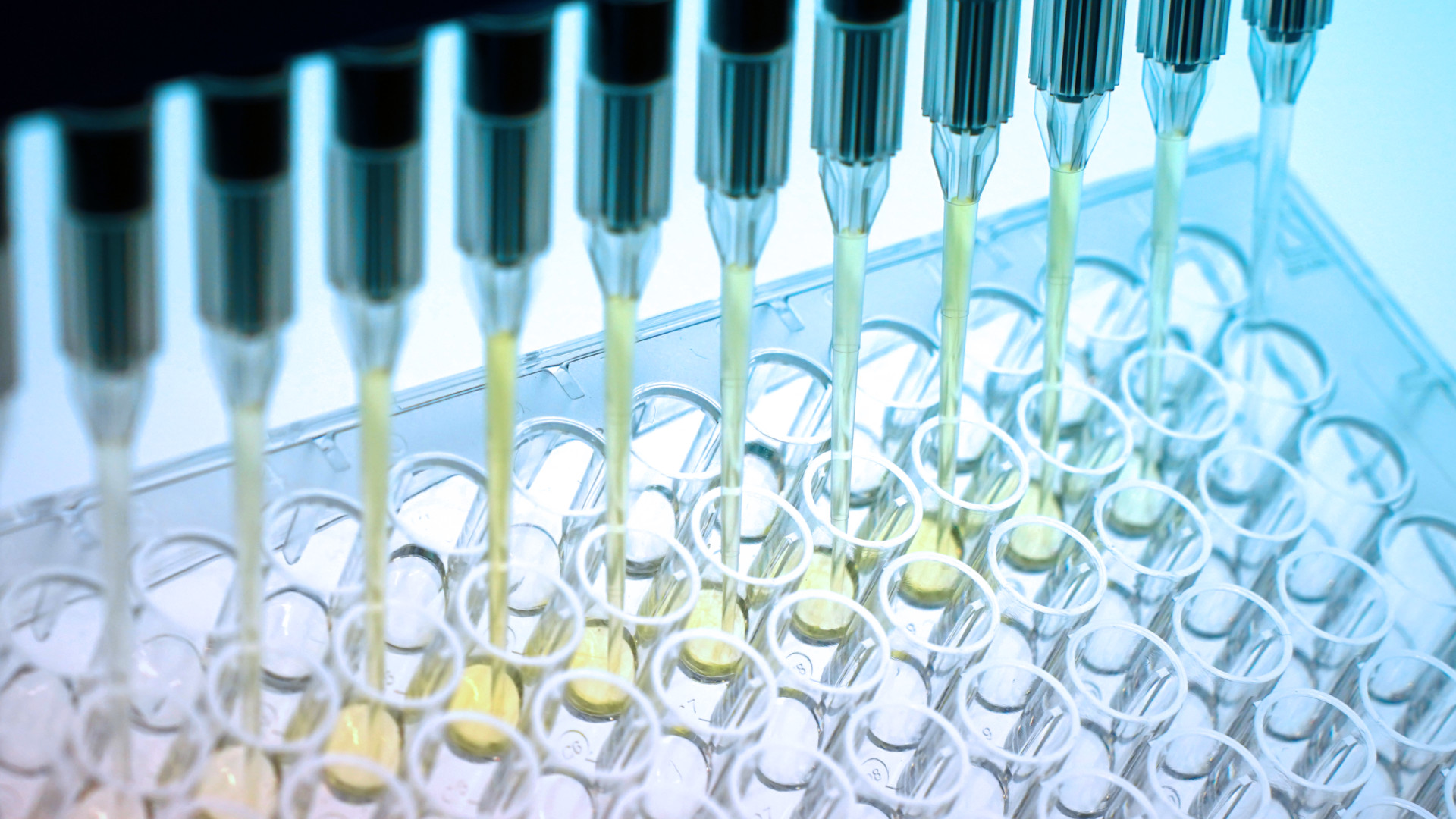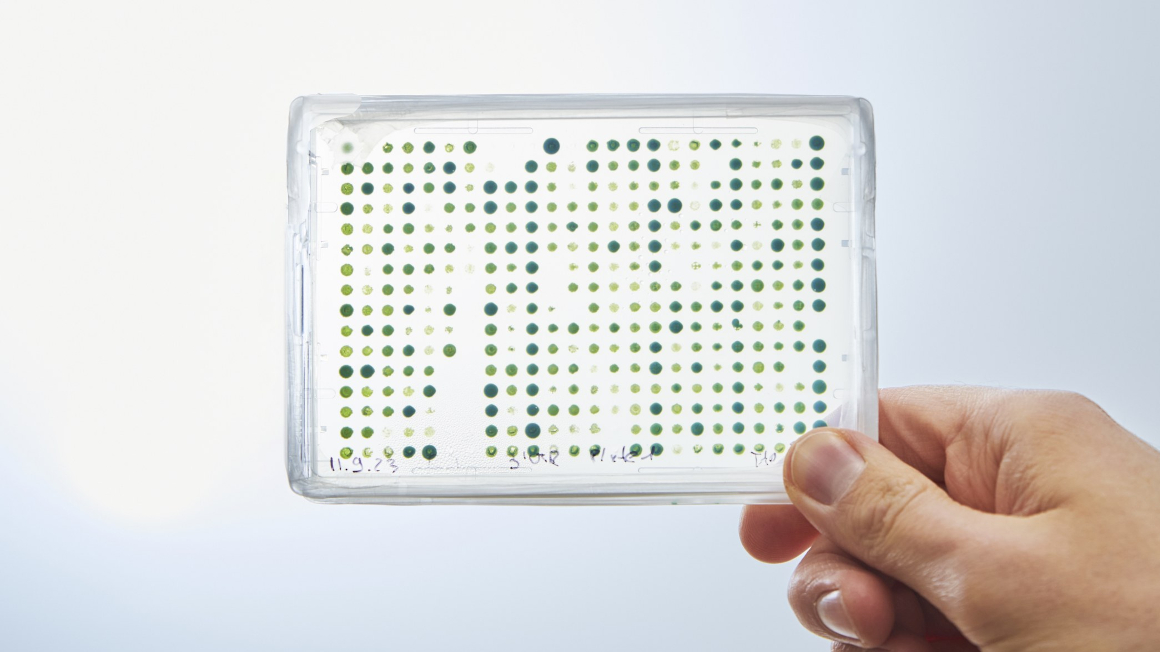How a marine bacterium digests oil
Researchers were able to clarify how the oil-eating marine bacterium Alcanivorax borkumensis synthesises a natural detergent to destroy the alkanes contained in crude oil.

Oil spills occur time and again in the world's oceans with serious consequences for the entire ecosystem. But here, too, nature has microbial helpers at the ready that can contain the spread of the oil slick and thus the environmental pollution. These are marine bacteria that feed on crude oil. A research team led by the University of Bonn has now taken a closer look at such a marine bacterium. RWTH Aachen University, HHU Düsseldorf and the Jülich Research Centre were involved in the study.
The Latin name of the bacterium Alcanivorax borkumensis already indicates what it is capable of - eating alkanes. These are hydrocarbon chains that occur naturally in the sea, but are also contained in large quantities in crude oil. These oil-eating microorganisms multiply rapidly after tanker accidents. In the process, they produce a biosurfactant. The molecule clings to the oil droplets and thus helps to combat the oil spill.
Marine bacterium produces natural detergent
As it is known that water and oil cannot be mixed, the marine bacterium relies on chemical help to consume the coveted alkanes. According to the researchers, it produces a natural detergent which consists of the amino acid glycine and a sugar-fatty acid compound. "The molecules consist of a water-soluble and a fat-soluble part. The bacteria attach themselves to the interface of the oil droplets and form a biofilm there," explains biochemist Peter Dörmann from the University of Bonn.
Enzyme trio acts as a biocatalyst
As the team reports in the journal Nature Chemical Biology, researchers from Aachen were able to identify a gene cluster in the genome of A. borkumensis that is involved in the production of this molecule. When the genes in this cluster were switched off, the bacteria were no longer able to attach to the oil droplets as well. They absorbed less oil and grew much more slowly. Jiaxin Cui, a doctoral student at the University of Bonn, was finally able to clarify the synthesis pathway used by A. borkumensis to produce the detergent. She discovered that three enzymes are involved in the step-by-step biocatalysis of the molecule.
Development of new oil-eating bacterial strains
The researchers' findings could contribute to the development of new bacterial strains that can combat oil spills even more effectively. ‘The natural detergent could also be of interest for biotechnological applications - for example for the microbial production of important chemical compounds from hydrocarbons,’ says Dörmann.
bb


